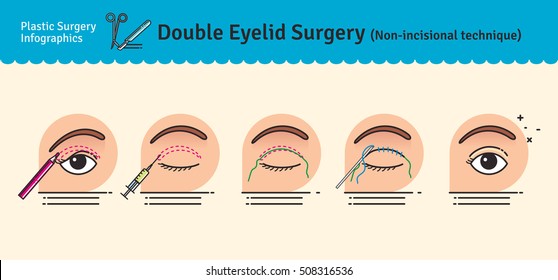Sudden Changes In Your Youngster'S Habits May Show Vision Issues; Recognize The Signs That Indicate The Necessity For An Eye Exam To Ensure Their Healthy And Balanced Growth
Sudden Changes In Your Youngster'S Habits May Show Vision Issues; Recognize The Signs That Indicate The Necessity For An Eye Exam To Ensure Their Healthy And Balanced Growth
Blog Article
Material Create By-Kelleher Morton
As a moms and dad, you play a crucial function in your child's health, specifically when it concerns their vision. You could observe particular habits that can signal a demand for an eye examination. Squinting, constant eye rubbing, or complaints of headaches can be greater than just minor annoyances. Recognizing these indicators is crucial for your youngster's growth. So, what should you try to find next? Allow's explore the common signs and symptoms that can indicate a vision trouble.
Common Signs of Vision Issues in Children
When you notice your child fighting with everyday activities, it could be a sign of vision troubles.
Look for signs and symptoms like squinting, massaging their eyes regularly, or tilting their head to see far better. If they have actually trouble reading or appear to shed their place often, that's an additional indicator.
Children’s Eyewear Safety Tips DFW might additionally see them whining regarding headaches or experiencing eye strain after extended durations of reading or using displays.
Furthermore, if your youngster prevents activities that need good vision, like sports or drawing, it deserves taking note of.
Look for any type of unusual actions, as these signs can point to underlying vision problems that require expert assessment.
https://mgyb.co/s/eYKeK can make a large distinction in their aesthetic development.
Age-Specific Vision Milestones to Display
Every parent ought to keep an eye on their kid's vision growth as they expand.
At around 6 months, your infant needs to begin tracking relocating items. By age 1, they ought to have the ability to concentrate on and recognize familiar faces.
Between 2 and 3 years, look for improvements in hand-eye coordination, like stacking blocks or throwing a ball.
By age 4, children must be able to recognize forms and shades, and they may start to recognize letters.
If your youngster fights with these milestones, it's essential to remember. Monitoring their progress helps you capture prospective problems early, ensuring they obtain the vision treatment they require for an intense future.
Stay proactive regarding their vision health and wellness!
When to Set Up an Eye Test for Your Youngster
Checking your child's vision advancement is important, yet knowing when to arrange an eye test is equally as important. The American Academy of Ophthalmology suggests your child have their initial eye exam at 6 months old.
After that, routine follow-ups at age three and once more before they start institution. If your youngster reveals indicators of vision problems-- like scrunching up your eyes, trouble analysis, or headaches-- don't await the next set up consultation.
Furthermore, if there's a family history of eye problems, positive exams are important. Watch on any kind of adjustments in their vision or habits, and trust your reactions.
Regular examinations can assist capture potential concerns early, guaranteeing your kid has the most effective opportunity for healthy and balanced sight.
Final thought
Finally, remaining sharp to your child's visual behaviors is vital for their eye health. If you see any signs like scrunching up your eyes, eye rubbing, or problem with analysis, do not be reluctant to set up an eye test. Bear in mind, early discovery can make a substantial distinction in their aesthetic advancement. Count on your instincts as a parent, and ensure your kid gets the care they need to prosper. Normal examinations can assist keep their eyes healthy and balanced for many years to come.
